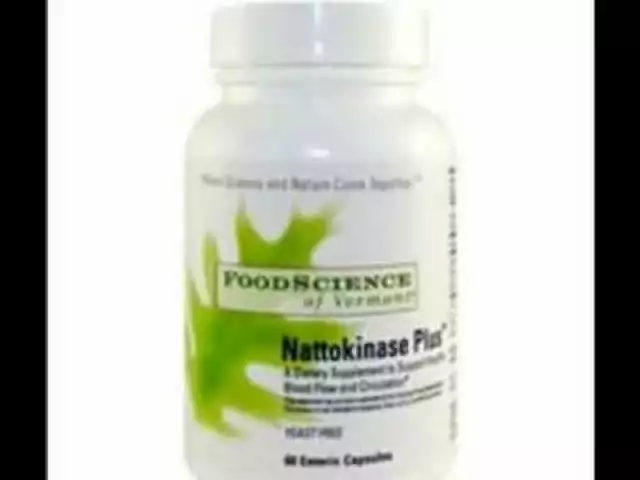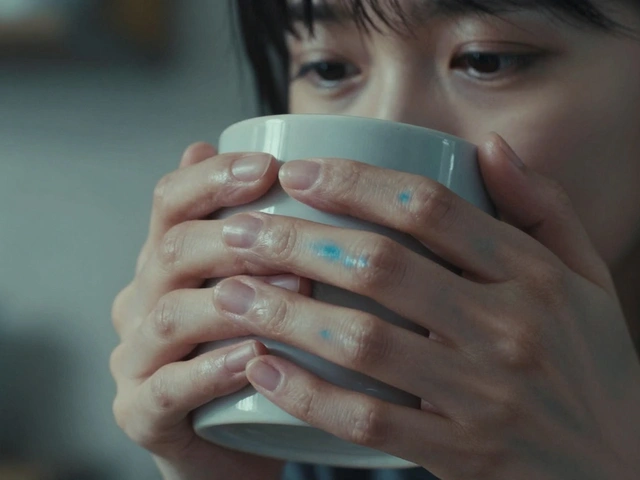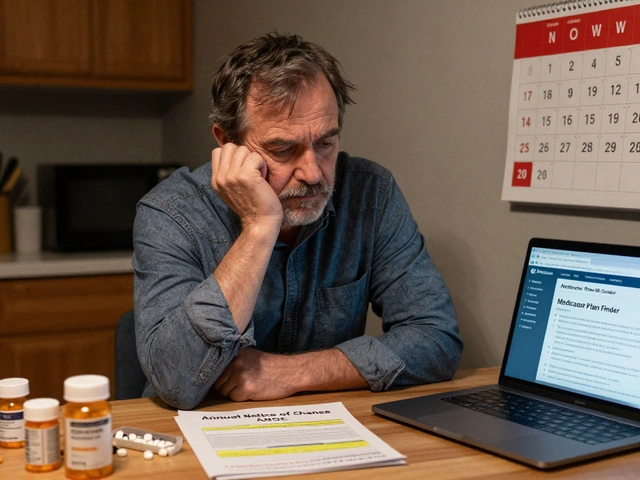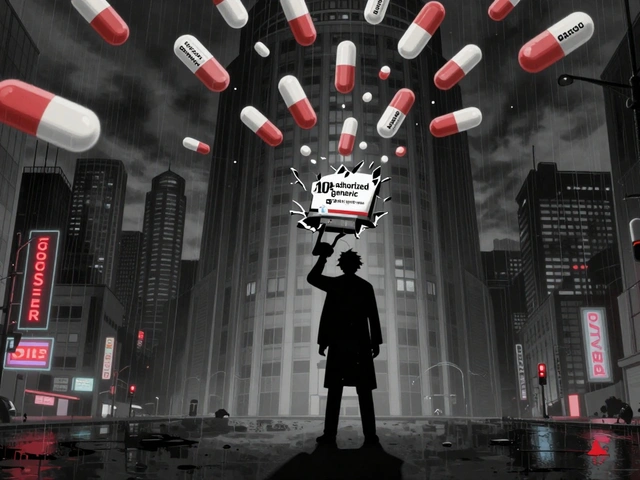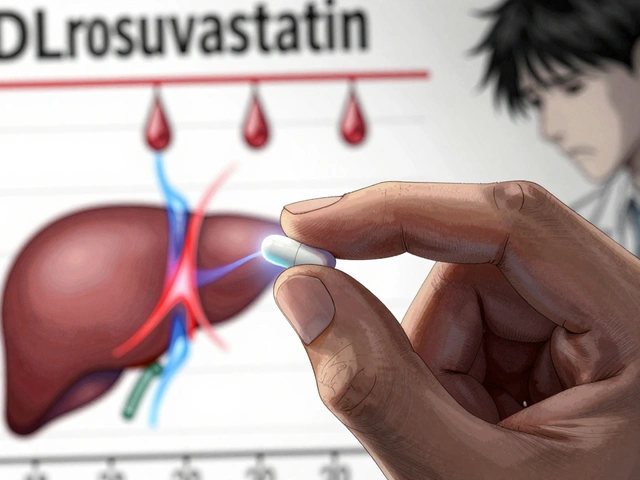Benzoyl – What It Is and How It Works
If you’ve tried to clear up a breakout, you’ve probably seen the word benzoyl on a tube or cream. Most of the time it’s benzoyl peroxide, a common ingredient that fights acne by killing the bacteria that cause pimples and by helping skin cells shed more easily. It’s not a miracle cure, but it does a solid job when you use it the right way.
In simple terms, benzoyl works like a deep‑cleaning agent. It breaks down the oil and dead skin that plug pores, and it releases oxygen that bacteria can’t survive in. The result is fewer breakouts and smoother skin. Because it’s an active ingredient, you’ll feel a slight tingling or dryness at first – that’s normal and means it’s doing its job.
Why Benzoyl Helps Acne
Acne happens when oil, dead skin cells, and bacteria team up inside a pore. Benzoyl attacks two of those three culprits. First, it reduces the amount of oil by drying out the surface a bit. Second, the oxygen it releases kills Cutibacterium acnes, the bug that fuels inflammation. Third, it helps skin cells turn over faster, so pores stay clear.
Most dermatologists recommend starting with a low concentration – 2.5% or 5% – especially if you have sensitive skin. Higher strengths (10% or more) are available, but they can cause more redness and peeling. If you’re new to benzoyl, apply a thin layer once a day, preferably at night, and see how your skin reacts before increasing frequency.
Choosing and Using Benzoyl Safely
When you shop for a benzoyl product, look at three things: concentration, formulation, and extra ingredients. Gels and creams are the most common. Gels dry quickly and are good for oily skin, while creams are a bit richer and work better for dry or combo skin. Some products add moisturizers, niacinamide, or salicylic acid – these can be helpful but also increase irritation, so read the label carefully.
Here’s a quick routine to get the most out of benzoyl without overdoing it:
- Cleanse with a gentle, sulfate‑free face wash.
- Pat skin dry and wait a minute so it’s not too wet.
- Apply a pea‑sized amount of benzoyl to the affected spots. Spread it thinly; you don’t need a thick layer.
- Let it absorb for 10‑15 minutes before applying any moisturizer.
- Use a lightweight, non‑comedogenic moisturizer to calm dryness.
- If you’re using sunscreen (which you should every day), pick a broad‑spectrum SPF 30+ that won’t feel heavy over the benzoyl.
Watch for signs of too much irritation – intense redness, peeling that looks like a sunburn, or burning that lasts more than a few minutes. If that happens, cut back to every other night or switch to a lower concentration. Most people see improvement within two to four weeks, but keep using it for at least six weeks to see the full effect.
Remember, benzoyl is just one part of a balanced skin routine. Good hygiene, a healthy diet, and stress management also play roles in clear skin. If you’ve tried benzoyl for a month and still see stubborn breakouts, a dermatologist can suggest stronger treatments or combine benzoyl with other ingredients like retinoids.
Bottom line: benzoyl is an affordable and proven acne fighter when you pick the right strength, apply it correctly, and give your skin time to adjust. Keep it simple, stay consistent, and you’ll likely notice fewer pimples and smoother skin without the drama.
Learn what benzoyl is, how it works in acne treatments, safe usage tips, and how it stacks up against other skin actives. Practical guide for everyday users.



